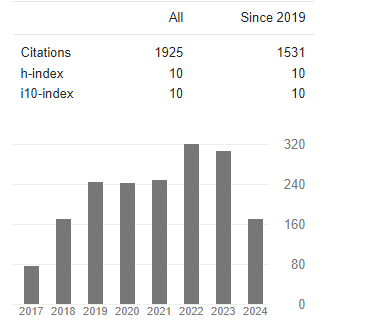Geopolitical and Environmental Aspects of the Runoff Agricultural System and the Carpet of Monasteries in the Levant in the Sixth Century CE
Abstract
Moti Haiman
This article is based on the findings of a mapping project of portions of the runoff agricultural system in the Levant in during the Byzantine period, the purpose of which was to study the resemblance between the components of that system in the desert and those in the sedentary land. These include dammed wadis, specific agricultural installations and settlement sites, among them chapels and livestock pens. The focus on agricultural installations has led to the possibility of dating the peak of the agricultural system’s functioning to the second half of the sixth century CE. Two assumptions will be put to the test: (1) that the establishment of the agricultural system overlapped the climate crisis in Europe that compromised food production in most areas of the Byzantine Empire – but not in the Levant, which for a certain period became a food supplier; (2) that the Church, as the emissary of the empire, stood at the head of the system.




